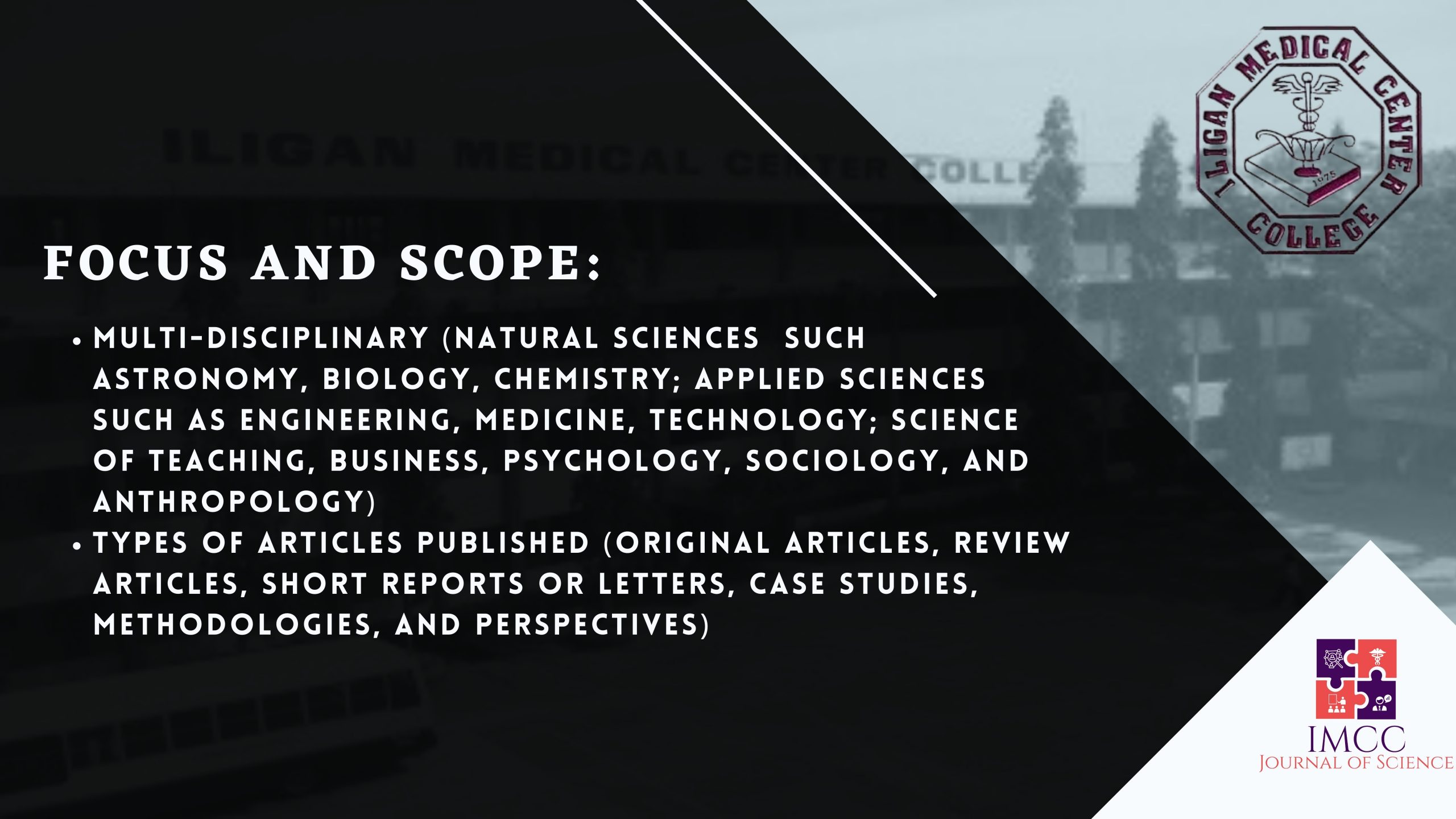Studies on Diarrheagenic Bacteria Among Children (<5 Years) from Two Public Health Facilities in Makurdi Metropolis, Benue State, Nigeria
Elum John 1, Dabo Adar Diana 2, Innocent Ishaku Giwa 3, Agbese Joseph Benjamin 4, Musa Usman Halim 3, Olasan Joseph Olalekan 1, *
* Correspondence: olasan.olalekan@uam.edu.ng
Abstract:
Diarrheagenic bacteria are the leading causes of diarrhea or bacterial gastroenteritis, leading to high child morbidity. This work investigated the prevalence of diarrheagenic bacteria among children (< 5 Years) in two public health facilities in Makurdi metropolis, Benue State, Nigeria. A total of 400 children who presented with diarrhea cases were sampled through stool collections. Cultural and biochemical characterizations were carried out following standard practices. Biochemical results identified a total of six bacterial species belonging to five genera that were associated with diarrhea in the 400 stool samples investigated. Bacterial infections associated with diarrheal cases were 20% prevalent with the following distributions: Escherichia coli (10.75%), Proteus mirabilis (2%), Proteus vulgaris (1.5%), Salmonella typhi (1.75%), Shigella dysenteriae (2%), and Klebsiella pneumoniae (2%). The prevalence levels across the five species of bacteria were significantly different (P<0.05), attributed to the highest bacterial prevalence of E. coli (10.75%) and the low level of other bacteria (≤ 2 %). E. coli represented 53.75% of the isolates. Infection was most predominant in the 36-47 months of age, followed by 48-59 months. Thus, a significant association was associated between children’s ages and diarrheal infection (χ2 =81.91, p<0.01). However, infection did not depend on sex status (P>0.05). This report is critical to stakeholders in the public health in the control of the rising cases of diarrhea in <5 years old children in Benue State, Nigeria.
Keywords: bacteria; children; control; diarrhea; prevalence
![]()









